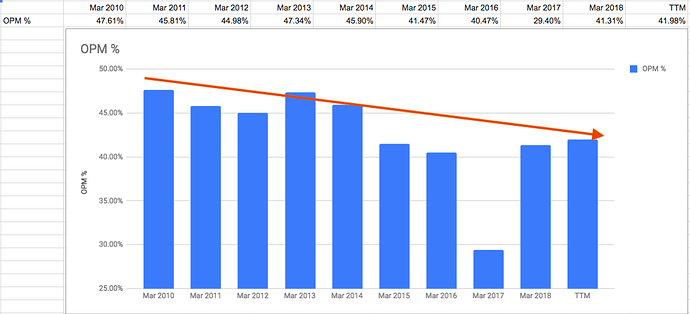I am finding hard to believe you missed out these basics in your thesis, although presentation was very good specially the quotes from great investors but i don’t feel those quotes directly fit to the diagnostics businesses.
Sir, out of respect for you. Have seen your presentations in youtube as well. So, please don’t take it personally. My questions are more from a point of view from gaining insights into the business which obviously you have analyzed thoroughly.
As i mentioned before equipments , syringe , cotton , reagents etc are not a the major costs , getting discount on them not going to give drastic pricing power to them.
Actually it’s the fixed costs like Building rent , power etc
You can refer this paper -
https://ssjournals.com/index.php/ijbar/article/download/2139/1768/
I don’t know the % , would love to know from you but i believe it doesn’t matter .
All i can say logistics comes into picture when you scale via hub and scope network but that doesn’t give any advantage over an mom and pop store which doesn’t have to do anyway. As everything is there and they happy carting small sets of customer.
That’s why mom and pop store do equally well near a star physician (generally they have the deal with physician as well) and they still continue to exists, I have not seen a Thyrocare opened near a already established diagnostic lab and taken away all customers from it. Why with scale margins have declined ?
Again this is irrelevant as economy of scale doesn’t give any advantage, 10,000s of mom and pop stores can have higher ROC individually compared to one who (Thyrocare) trying to run 10,000s of them becoz that incurs these extra costs like - logistics, wage for sample collecting agent etc.
I wrote about this already while disagreeing with ur Niche - Mostly PET scans happens on emergency ( cases like head injury etc) and in emergency hospital labs charge more which nobody care , not only Thyro even hospital labs can do Half of the cost but y would they ?
I don’t see like Vitamin - D test people would go for PET scan, I hope you get my point.

 . Thanks Vivek for the exhaustive effort on this
. Thanks Vivek for the exhaustive effort on this

